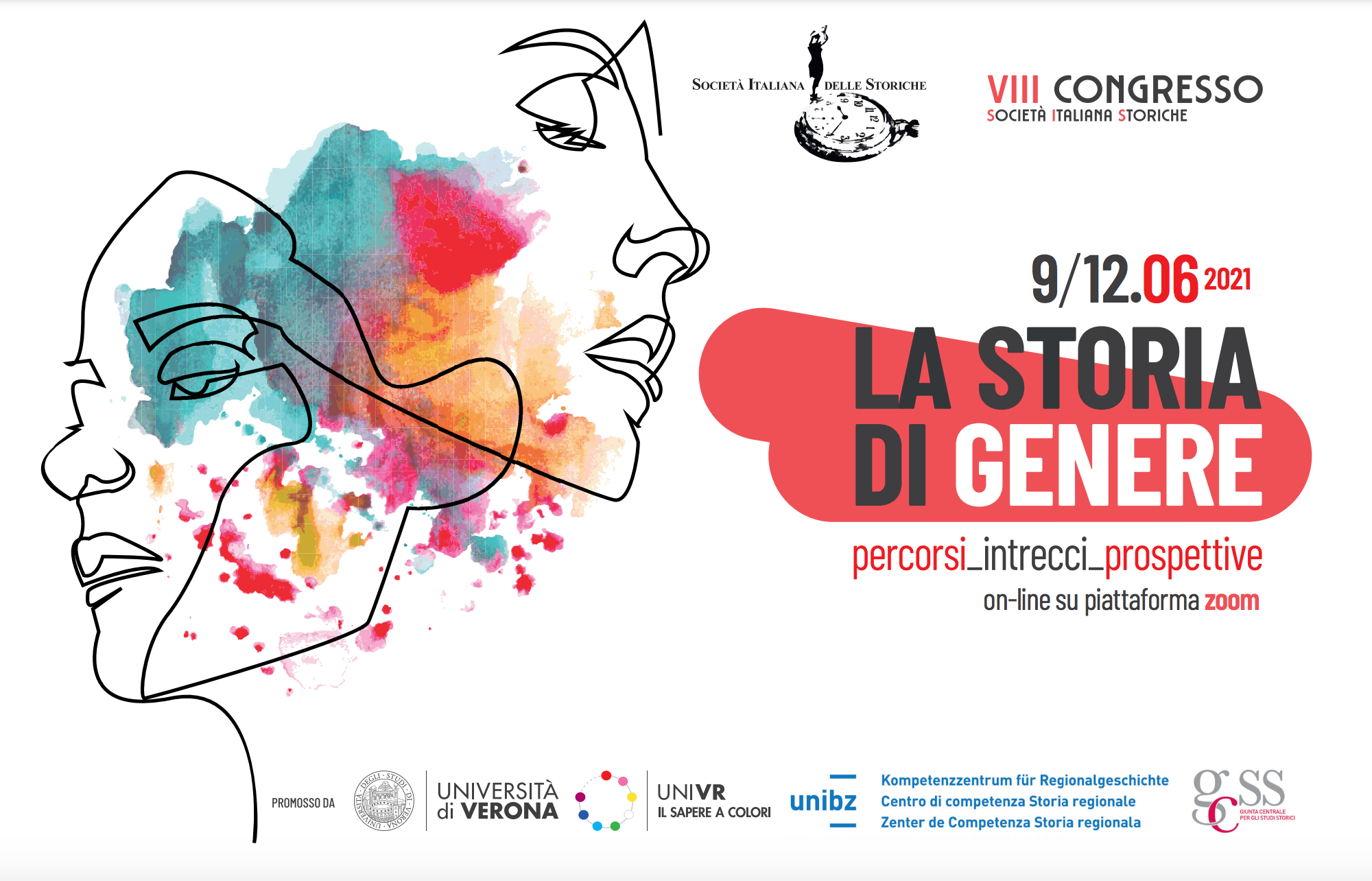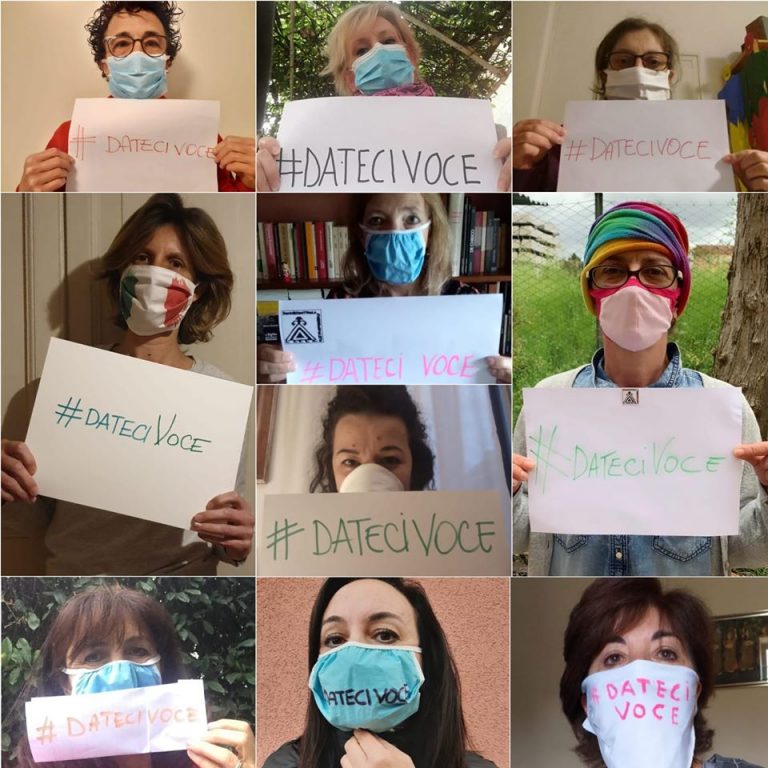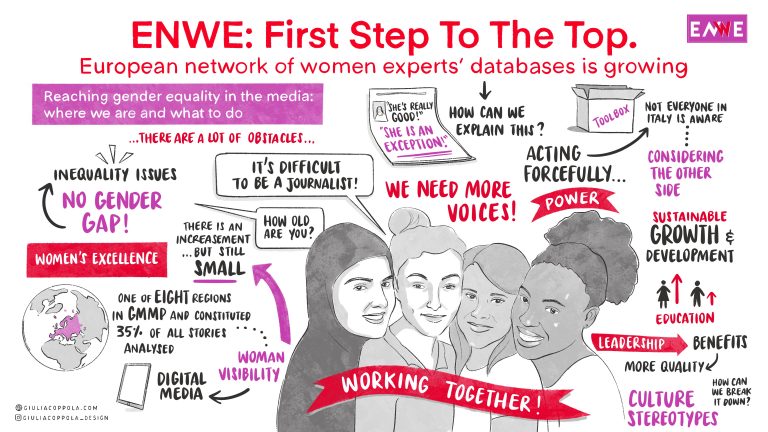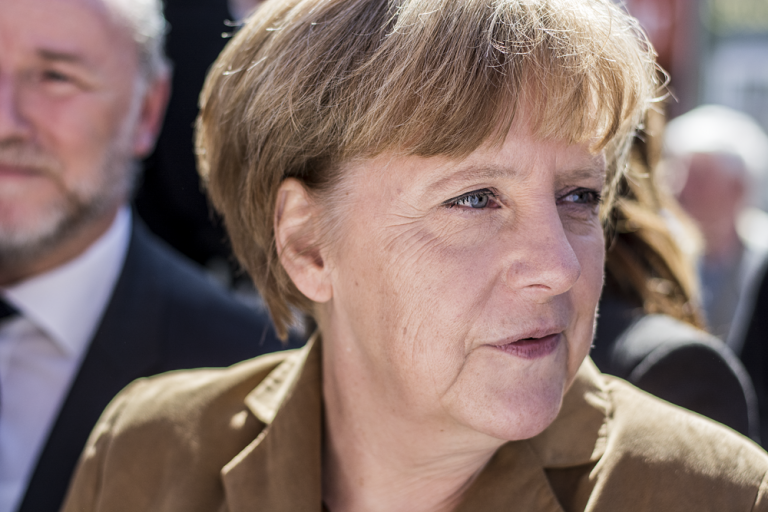Questioning the past to promote gender culture: the conference of the Italian Association of Women Historians
by Marina Garbellotti
The spaces of women’s work; the languages and self-representations of women; the critique of binarism; the construction of gender models; the interactions between gender and the sacred; the individual, collective, and political action of women; citizenship rights; feminist and women’s environmental movements: these are some of the many topics addressed from a diachronic and interdisciplinary perspective during the VIII Conference of the Italian Association of Women Historians (Società Italiana delle Storiche – SIS) Gender History: Paths, Intersections, Perspectives, organized in collaboration with the University of Verona (9-12, June 2021, online). The conference is one of the main activities of the association. For more than thirty years the association has promoted historical and educational research on the history of women and gender, as well as promoting the empowerment of women, the enhancement of differences, and the culture of equal opportunities.
During the congress, more than 180 scholars (historians, philosophers, anthropologists) from various European and non-European countries, universities, and research centers discussed these topics in over 40 panels, exploring a chronological arc extending from antiquity to contemporaneity and multiple geopolitical and cultural contexts (Europe, the Americas, Middle and Far East, Africa). This comparison made it possible to take stock of gender history studies in the Italian context and beyond, around already consolidated research themes, such as women’s work, and to identify emerging investigative perspectives such as, for example, the gender reading of the colonial experience.
Not a new topic, but brought to European attention by the pandemic, is precisely women’s work, which has always been underestimated, underrated, and underpaid. Wage disparities and those related to existing care responsibilities between male and female workers, in fact, have been amplified by the health emergency, which has hit the weakest social categories, such as women, the most.
Studying the work carried out by women throughout history is an operation that goes beyond mere knowledge of the past. It allows us to recognize the often central role that women have played in different work contexts, even unexpected ones such as mines, and therefore fully including them into the historical-economic processes of past societies. The theme is closely intertwined with care work in its meaning of the material and affective-relational activities typical of reproduction. From this link, deep socio-cultural tensions, still unresolved, emerge between the labor market and care work, mainly linked to the persistent conditioning of gender roles – roles that historical research has also highlighted, intending to start a conscious process of their deconstruction. It is known, in fact, how much the devaluation of women’s work continues to represent a tool for male domination. Other research themes have emerged alongside this set of topics, which intersect domestic work and migratory phenomena. In particular, this area of study includes the more or less hidden and recognized activities of domestic workers and carers, which highlight, among other things, persistent forms of colonial exploitation.
In this perspective, there is another important line of research concerning European colonial history and its extraordinary mixture of normative discourses of gender, class, and race, on which the structures of power are founded. In particular, only recently has Italian historiography critically approached its colonial past and tackled the theme of the representation and self-representation of colonizing women, often of bourgeois origin. Although men were the creators and beneficiaries of the colonial system, women inhabited it and participated in its realization in different ways, testifying to the versatility of the female experience in this system. On the one hand, they contributed to its consolidation, actively intervening in the process of ‘civilization’ of African populations through the transmission of ‘Western’ teachings and models of a patriarchal nature. In this task, the racial discourse intersects with the gender discourse, that is to say, the whiteness that elevated and substantiated the woman. On the other hand, this participation allowed women to identify spaces for negotiation that allowed them to broaden their radius of action; to become the spokesperson, in some realities such as the French one, of far-reaching emancipatory instances. Looking at colonies also highlights another aspect that deserves further consideration: the relationships between white women and women of color, which could be antithetical and collaborative. Therefore, the female reality breaks down into racial, cultural, and perceptive diversity of self and other women; and this is still an open issue.
From these brief considerations, it emerges how the study of the history of women and gender allows us to acquire a more complete and authentic historical narration, recognizing the role played by women in past societies and highlighting how much current gender inequalities are rooted in an asymmetric and long-term misogynist patriarchal culture. In short, making gender history also constitutes a civil commitment.







